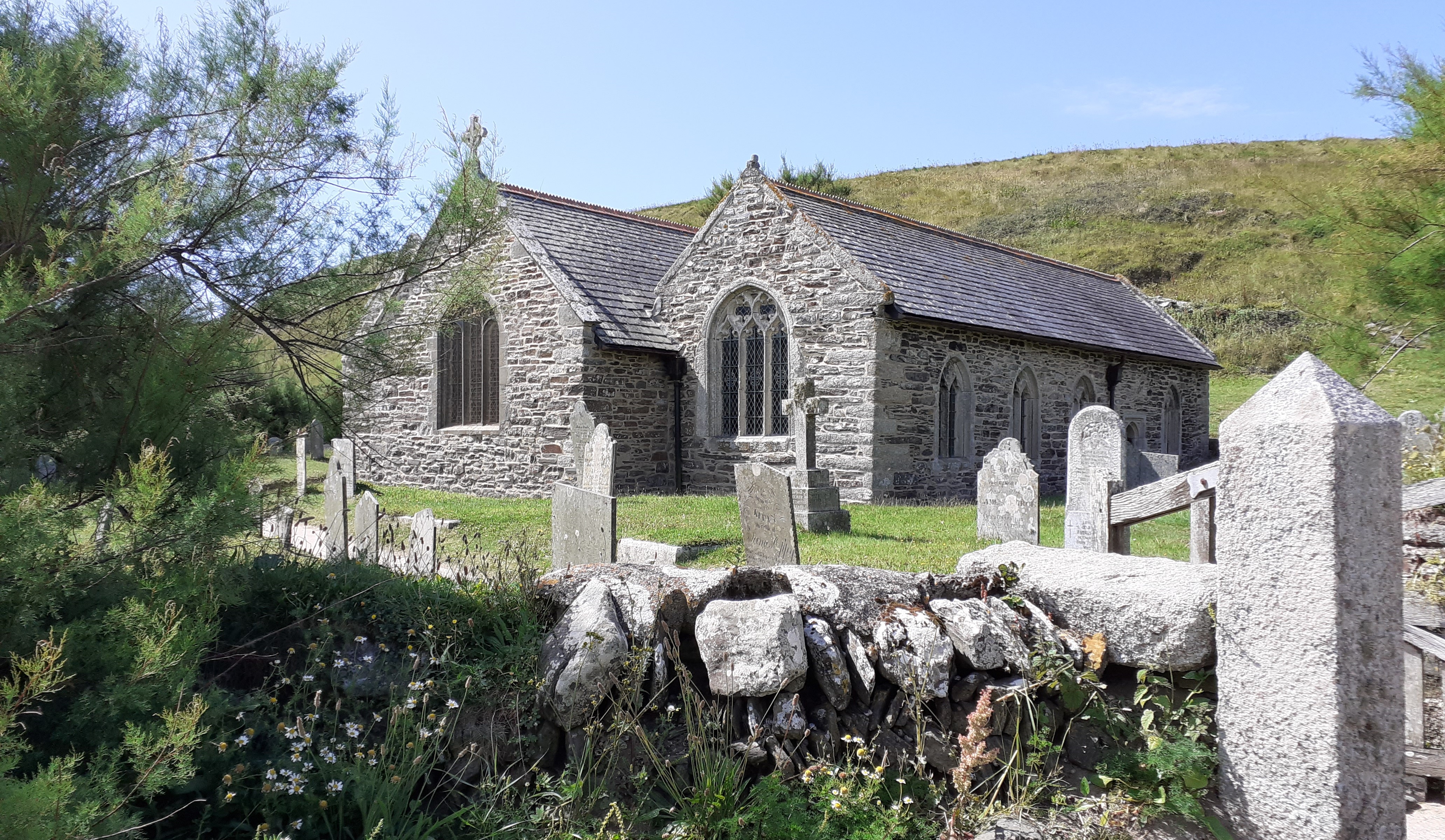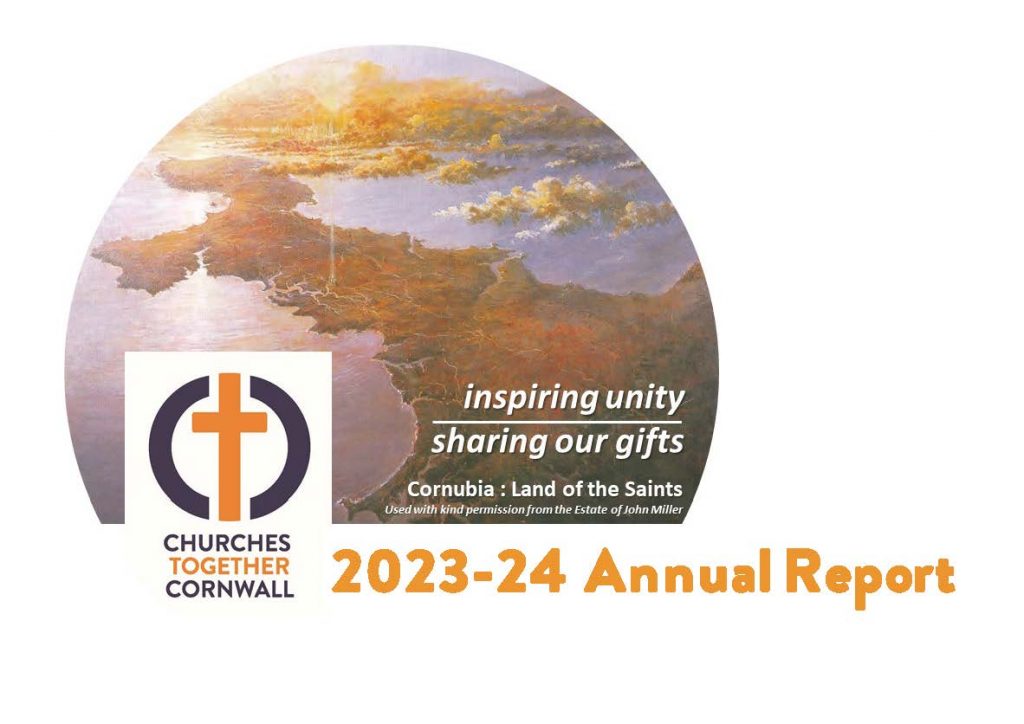St Winwaloe founded and became first Abbot of Landévennec Abbey in Brittany, to which Churches Together in Cornwall has organised annual ecumenical pilgrimages pre-pandemic – we hope to be able to resume in 2022.
The only church in Cornwall located on a beach, St Winwaloe’s must certainly have one of the most picturesque settings in the UK.

Named after a 5th century cleric Winwaloe, who was born in Brittany around 460AD after his parents fled their home in Cornwall to escape an outbreak of the plague.
Winwaloe was educated by a British saint, Budoc, and later had a vision of St Patrick, which persuaded him to establish a monastery. He founded landevennec Abbey in Brittany, became the first Abbot and died there in 532AD. The saint, and his successor Gwenhael went on to establish churches throughout the south-west including the site at Gunwalloe.
The first church mentioned on the site is of a chapel in 1332, stood beside a holy well. The present church has three rectangular halls joined by gabled roofs. Constructed around the 15th century, the west end of the central hall acts as nave, and in the east end can be found the chancel. It is thought that remains of that early church may have survived in the west end.
A separate free-standing bell tower can be seen set well into the bank of a sloping dune.
The 15th century screen has an incredible story to tell… for local tradition says it was salvaged from the wreck of the Portuguese treasure ship, The Saint Anthony, which ran aground at Gunwalloe on 19 January 1527.
Painted with a depiction of the Crucifixion, the screen originally spanned the entire width of the nave and aisles, but was later cut down with two bays being reused as the north and south church doors. These sections are painted with figures of the apostles.
A Norman font made of Pentewan stone is carved with a tree of life design. It was discovered in the churchyard, where it presumably was cast after it was replaced by a second font, carved of granite in the 15th century to an octagonal design.





